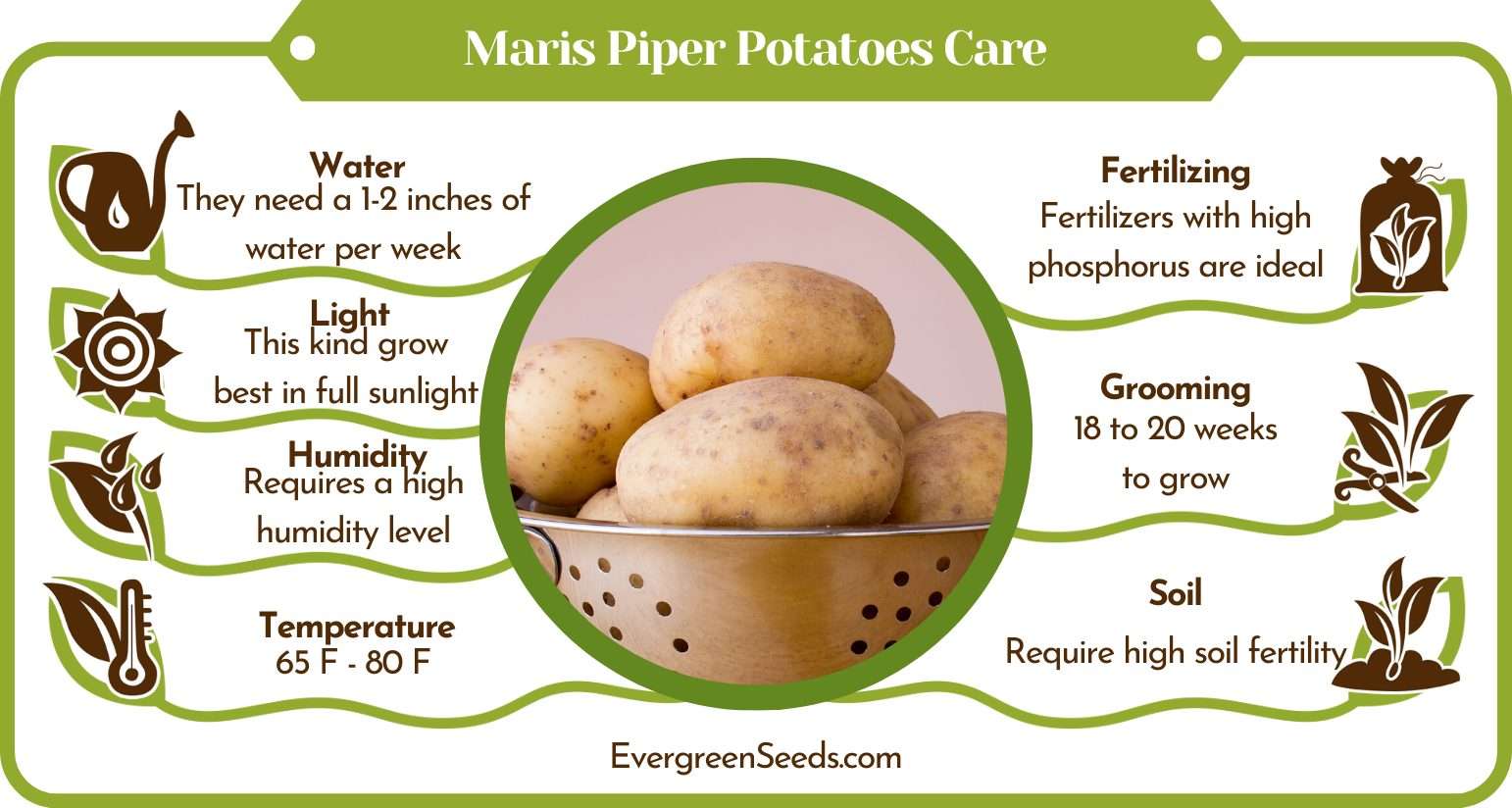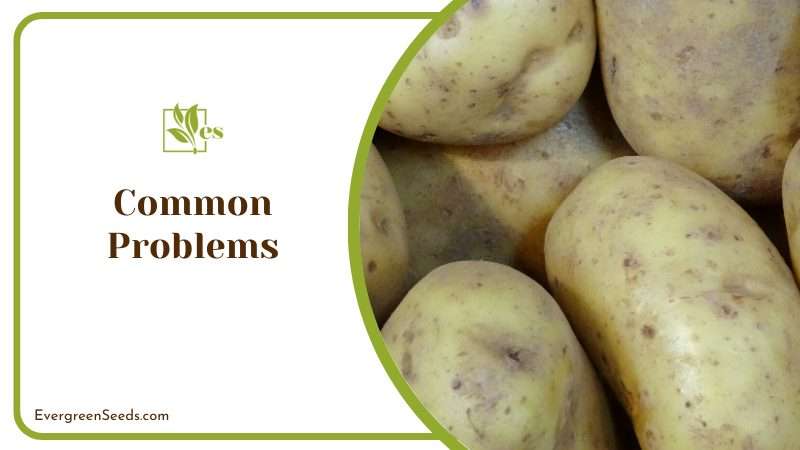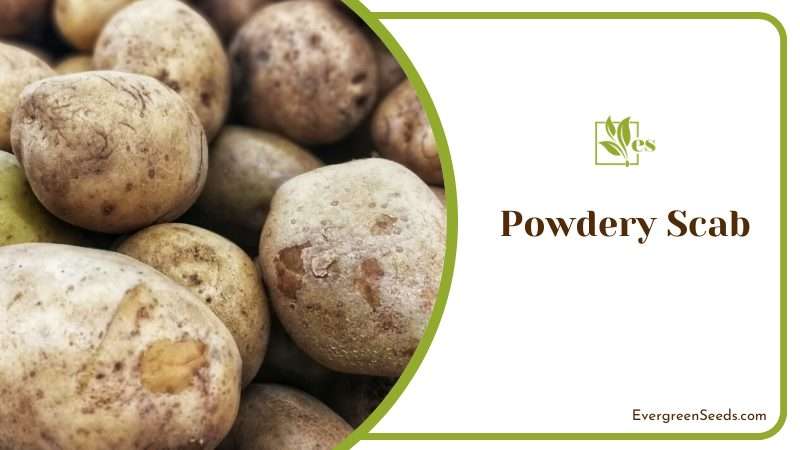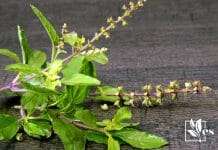- 7 Fruit Trees for Zone 9: The Perfect Fruit Garden - March 30, 2024
- How To Revive a Dying Avocado Tree: 9 Best Steps To Follow - March 30, 2024
- 8 Belt Dressing Alternatives: A Variety of Options - March 30, 2024

Maris Piper potatoes are popular amongst home gardeners and commercial growers alike. These tubers have a high yield, store well, and have a taste that appeals to consumers. They are also the most widely grown variety of potatoes in the United Kingdom. Here is a comprehensive guide to everything you need to know about how to grow Maris Piper potatoes. Also, boiling them will allow you to use the potato water and apply it to your plants for extra nutrients.
JUMP TO TOPIC
Maris Piper Care
- Soil: Use a well-draining mix of charcoal, sphagnum, and perlite.
- Watering: Provide consistent hydration.
- Light: Provide bright, indirect sunlight
- Temperature: Maintain temperatures between 60-75°F
- Humidity: Keep high humidity, around 50-70%
- Fertilizer: Feed with a balanced orchid fertilizer every 2 weeks
- Repotting: Every 2-3 years or when the pot becomes overcrowded.
It is also suitable for frying and making potato salads or purées. When cooked, the flesh turns a creamy golden color and has a nutty taste. Maris Piper potatoes contain a low amount of sugar and a high amount of starch, which makes them ideal for mashed potatoes.
They also contain vitamins and minerals and are high in potassium, making them a prominent option for growing your potatoes. Before you start growing Maris Piper potatoes, it is essential to keep a few things in mind:
 Water Requirements
Water Requirements
Watering is key to a successful potato harvest, so make sure you keep your soil type appropriately moist. Maris Piper plants need sufficient water to keep the soil moist but not soaked.
An ideal amount is about 1–2 inches of water per week. Make sure to allow the soil to dry out between watering. If the soil is too wet, the plants will be stunted and not produce a large harvest. An excessive amount of water right after planting the potatoes and an insufficient amount during their growth can also cause them to become deformed and less flavorful.
 Light Requirements
Light Requirements
Maris Piper potatoes grow best in full sunlight. So, to achieve a high yield of potatoes, you need to plant them in an area that receives the maximum sunlight.

However, it is better to provide them with some partial shade, particularly in hot summer climates, to prevent the leaves from burning.
 Soil Requirements
Soil Requirements
In the case of growing these potatoes, the requirements of soils are very similar to other types of potatoes. Growing Maris Piper potatoes require high soil fertility to promote a lavish and healthy growth at the beginning of the season. Consequently, these potatoes are suitable for medium or slightly heavy soils that are well drained and relatively high in organic matter.
They do not do well in sandy, extremely heavy, or dense soils. A slightly alkaline pH range of 6.0 to 7.0 is ideal for growing Maris Pipers. If you are unsure about the pH of your soil, have it tested at your local cooperative office.
 Temperature Requirements
Temperature Requirements
Although this variety of potato is tolerant to a wide range of temperatures, the best result is observed when the soil temperature is between 65 and 80 degrees Fahrenheit, with nights around 60 degrees Fahrenheit.
Planting too early can result in poor yields and low-quality potatoes, so be patient with your crop and wait for the right time to plant. A low temperature might hinder the development of the potatoes while a hot climate will result in a less flavorful potato yield.
 Humidity Requirements
Humidity Requirements
Like all other varieties of potatoes, Maris Piper potatoes also require a relatively high humidity level for their optimal growth and development. It is also essential to ensure that the plants contain sufficient moisture to prevent them from deforming and encourage higher tuber yields.
 Fertilizing Requirements
Fertilizing Requirements
Potatoes are generally heavy feeders and need a good amount of nutrients for healthy growth and development. For this purpose, you need to use fertilizers to complete this requirement. In the case of Maris Piper potatoes, fertilizers with high phosphorus, potassium, and nitrogen contents are ideal. You can either apply a granular fertilizer or a liquid fertilizer to the soil around the potato plants.
Harvesting
In the right conditions, Maris Piper potatoes are ready to harvest approximately 18 to 20 weeks after the plantation of the potato seeds. These delicious potatoes with creamy white flesh are harvested in late summer or early fall, specifically from August to September.
– How to Harvest
When it comes to harvesting these potatoes, the process is quite simple and similar to other varieties of potatoes. When the potatoes are ready to be harvested, cut the plant stalks (also known as haulms) back to ground level. Then, using a shovel, garden, or a spading fork, dig around the plants to loosen up the soil before lifting the plant up out of the ground. After that, carefully remove the potatoes from the plants and wash them well before use.
– How to Store
After you have harvested your potatoes, it is crucial to store them properly to ensure that they remain fresh for as long as possible. Store the harvested Maris Pipers in a cool, dry, dark place, such as a basement, for about two weeks.
After that time, they should be eaten or frozen. However, Maris Pipers can be kept for up to six months in a controlled environment, such as a cellar, at a temperature of 45 degrees Fahrenheit and 90 percent humidity.
Common Problems
Maris Piper potatoes are not the most disease-resistant variety of potatoes. So, in the eventthat you have decided to grow these potatoes, then you need to familiarize yourself with some of the most common problems associated with their growth.

These include late blight, dry rot, powdery scabs, common scabs, and some forms of eelworms. Let us look into the details of each of these problems so you can be better prepared to deal with them:
– Late Blight
Late blight is a fungal disease that can affect the leaves of your potato plants. Unlike early blight, late blight typically only affects the crop’s leaves and has no significant effect on the yield of the potatoes. The late blight fungus infects the plant through wounds in the leaves, causing them to turn brown and die. Late blight can spread quickly and kill your entire potato crop if left unchecked. If the potato’s leaves are turning yellow then you should follow a different approach to fix it.
– Fusarium Dry Rot
Fusarium dry rot is a disastrous fungal disease that mainly inflicts post-harvest losses. This disease affects both seed potatoes and potatoes for human consumption. It is mainly recognized by wrinkles over the skin of the tubers and the depressions in the surface of the tubers.
The rotted area of the potatoes is characterized by sinks over the infected areas and wrinkles along with internal light to dark brown or black rot. This disease spreads mostly through seed-cutting, harvesting, or grading. Any wounds opened during these processes allow the fungi to enter the tuber and spread. Thus, if left unchecked, Fusarium dry rot can easily destroy your entire potato crop.
– Common Scab
Common Scab is a widespread, soil-borne disease that affects the tuber grade quality of the potatoes. It infects them with small, brown, raised spots that eventually develop into unsightly, corky tissue. It is essential to prevent an outbreak of infection as this can reduce the yield of the potatoes.
– Powdery Scab
Powdery scab is a prevalent potato disease that also affects the quality of the potatoes grown. It does this by causing lesions on the surface of the tubers and root galling, that consequently, may lead to the loss of yields.

Infected tubers are highly likely to misshapen; small galls may be found on the roots. Powder scab is commonly confused with common scab the lesions caused by this disease are relatively larger that eventually merge to form larger ‘scabs’.











